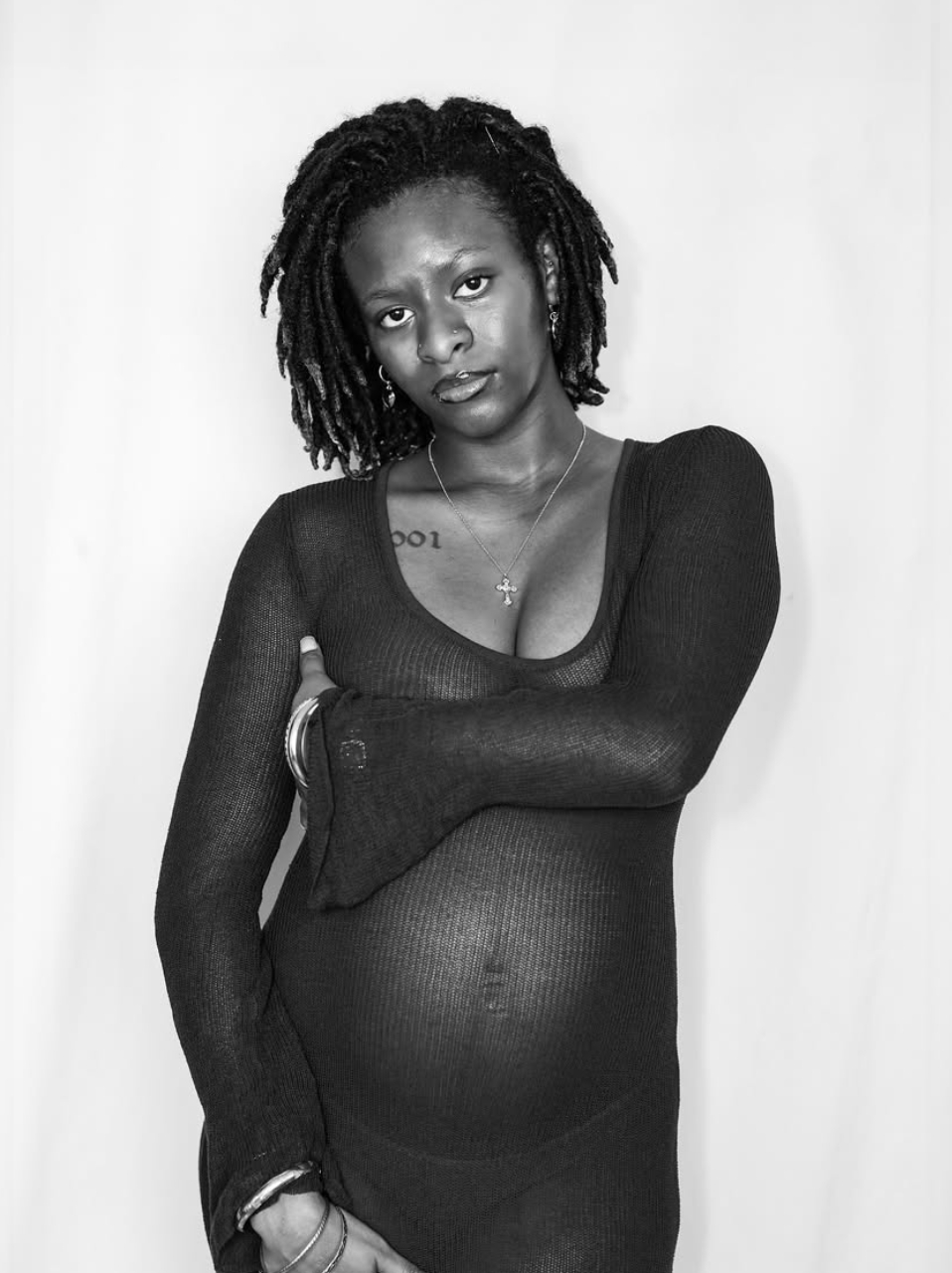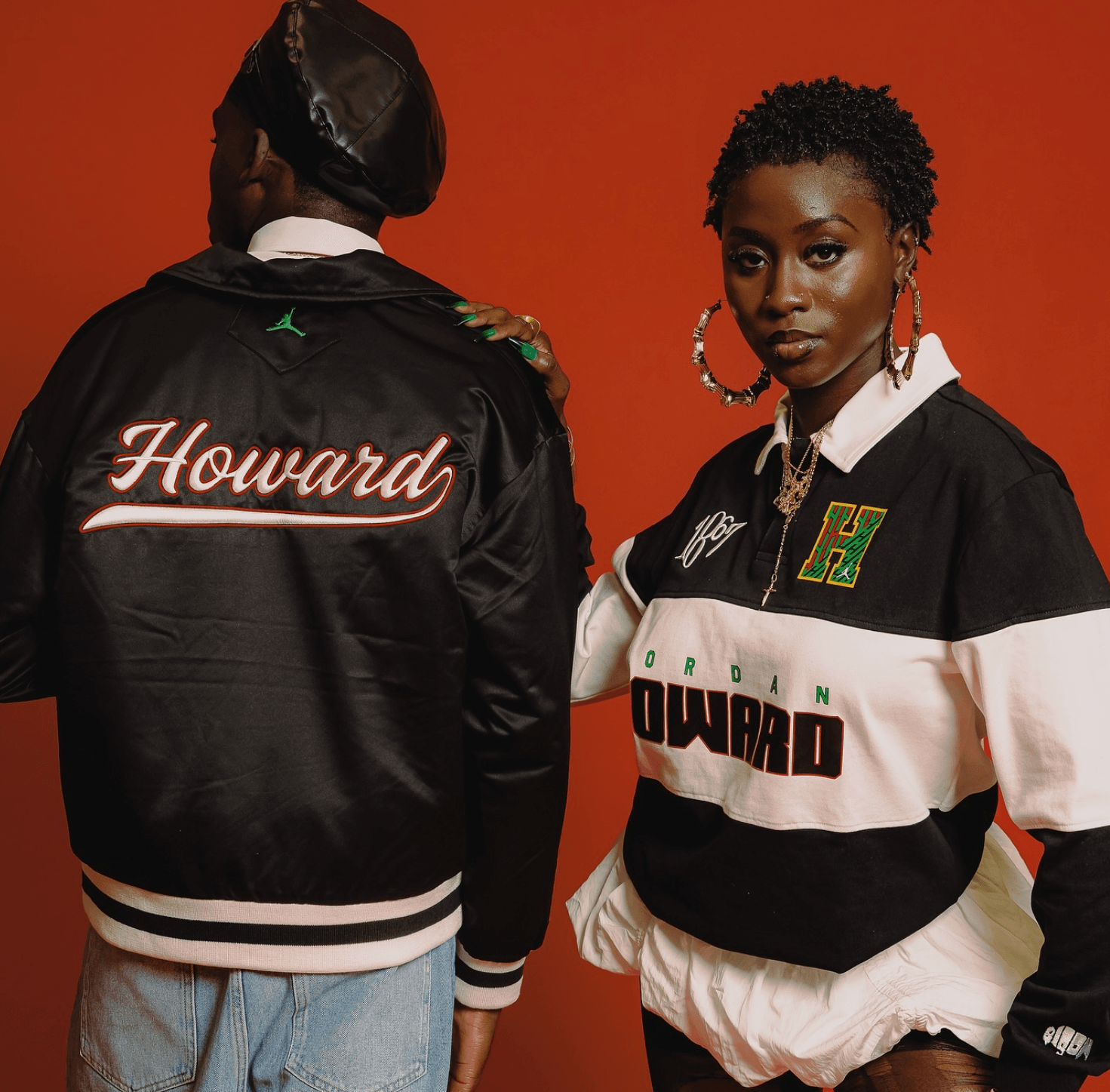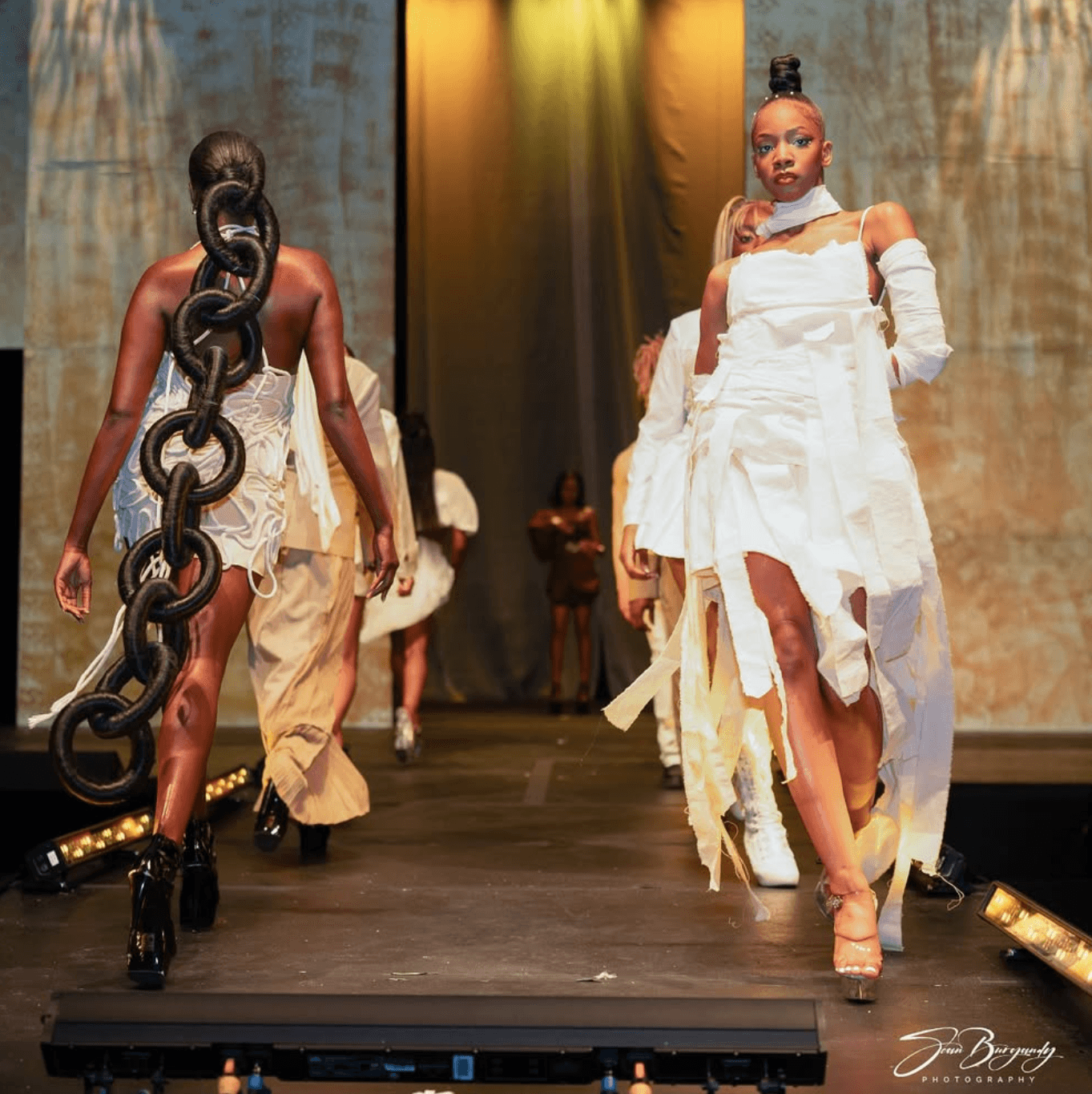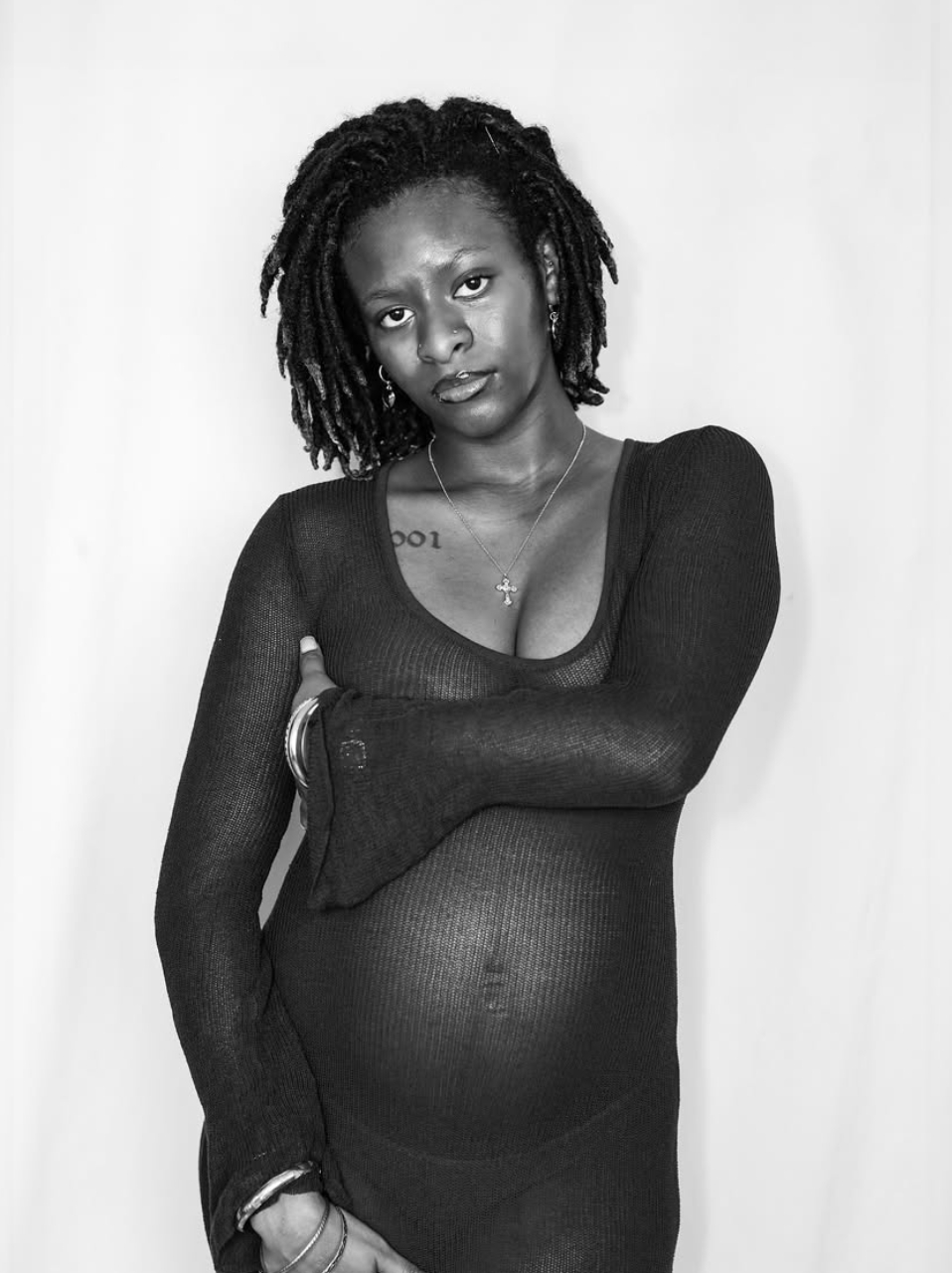Alright – so today we’ve got the honor of introducing you to Antoinette Robinson. We think you’ll enjoy our conversation, we’ve shared it below.
Antoinette, looking forward to hearing all of your stories today. Can you talk to us about a project that’s meant a lot to you?
One of the most meaningful projects I’ve worked on was the Fourth Generation Showcase produced by The GENESIS Models at Howard University, entitled ALMEDA. This showcase was particularly significant to me because it explored the theme of mass incarceration, an issue that deeply resonates with my passion for criminal justice reform. The production sought to creatively illuminate the societal impacts of over-policing, surveillance, and the dehumanizing effects of incarceration—issues that are central to my academic and advocacy work.
The concept behind ALMEDA was inspired by the panopticon, a prison design that symbolizes perpetual surveillance. The structure’s circular layout allows a single guard to observe all inmates without them knowing when or if they are being watched. This creates a sense of constant self-regulation, as the prisoners alter their behavior under the assumption of being monitored. The showcase drew a powerful parallel between this model and the psychological effects of societal surveillance, where individuals conform to social norms out of fear of judgment, even in the absence of direct observation.
Through a blend of fashion, performance, and visual storytelling, we portrayed the panopticon as a metaphor for the invisible forces of control that shape marginalized communities. The models’ movements, styling, and expressions captured the tension between freedom and oppression, illustrating how mass incarceration and systemic surveillance extend beyond prison walls into everyday life.
What made this project especially meaningful was its ability to spark dialogue and reflection. Seeing the audience emotionally connect with the portrayal of systemic injustice was profoundly moving. Additionally, proceeds from the showcase were donated to The Sentencing Project, an organization dedicated to advocating for prison reform. Contributing to this cause through a creative medium reinforced my belief in the power of art as activism, making ALMEDA not only a creative triumph but also a deeply personal and impactful experience.

Great, appreciate you sharing that with us. Before we ask you to share more of your insights, can you take a moment to introduce yourself and how you got to where you are today to our readers.
I am a creative director dedicated to amplifying Black voices and visions through innovative, thought-provoking storytelling. My work blends fashion, performance, and visual art to shed light on social issues, challenge norms, and celebrate Black culture. I entered this creative space driven by a passion for using art as activism, creating platforms that not only showcase talent but also spark dialogue and inspire change.
My creative works span immersive showcases, artistic direction, and conceptual storytelling. I specialize in crafting narrative-driven productions that address themes such as mass incarceration, social justice, and cultural identity. Through bold concepts, symbolic visuals, and emotional performances, I strive to deliver experiences that provoke thought and evoke emotion.
What sets me apart is my commitment to authentic representation. I prioritize collaborating with Black creatives, ensuring that the visions, stories, and experiences portrayed are genuine and impactful. My work challenges conventional beauty standards and redefines how Black artistry is presented, merging creativity with advocacy.

Have any books or other resources had a big impact on you?
Minoring in Philosophy at Howard University sharpened my ability to make beautiful, compelling arguments—a skill I apply both in my art and in advocating for Black narratives. Studying power, justice, and ethics helped me see the intersections between philosophy, storytelling, and activism, reinforcing my belief that creativity is a tool for liberation.
One of the most influential books that has shaped both my entrepreneurial philosophy and creative direction is Michelle Alexander’s The New Jim Crow. This book profoundly deepened my understanding of mass incarceration as a racial caste system, illuminating how policies and structures continue to oppress Black communities under the guise of criminal justice. Her arguments about the illusion of progress, systemic surveillance, and social control have not only influenced my advocacy but have also become central themes in my creative work.

Is there mission driving your creative journey?
The driving mission behind my creative journey is to expose and challenge the systemic disparities caused by mass incarceration, particularly its devastating effects on Black men. Through artistic direction, storytelling, and visual advocacy, I aim to humanize the statistics—shedding light on the lived experiences of those impacted by policies that criminalize and marginalize Black communities.
My goal is to create thought-provoking, emotionally resonant works that not only spark dialogue but also inspire action. Whether through fashion showcases, visual performances, or conceptual storytelling, I strive to illustrate how surveillance, criminalization, and structural racism shape Black identity and freedom.
Contact Info:
- Instagram: @antoinettelamicah @antscolony
- Youtube: https://www.youtube.com/@antoinettelamicah

Image Credits
IG: @seanburgandy.pix


